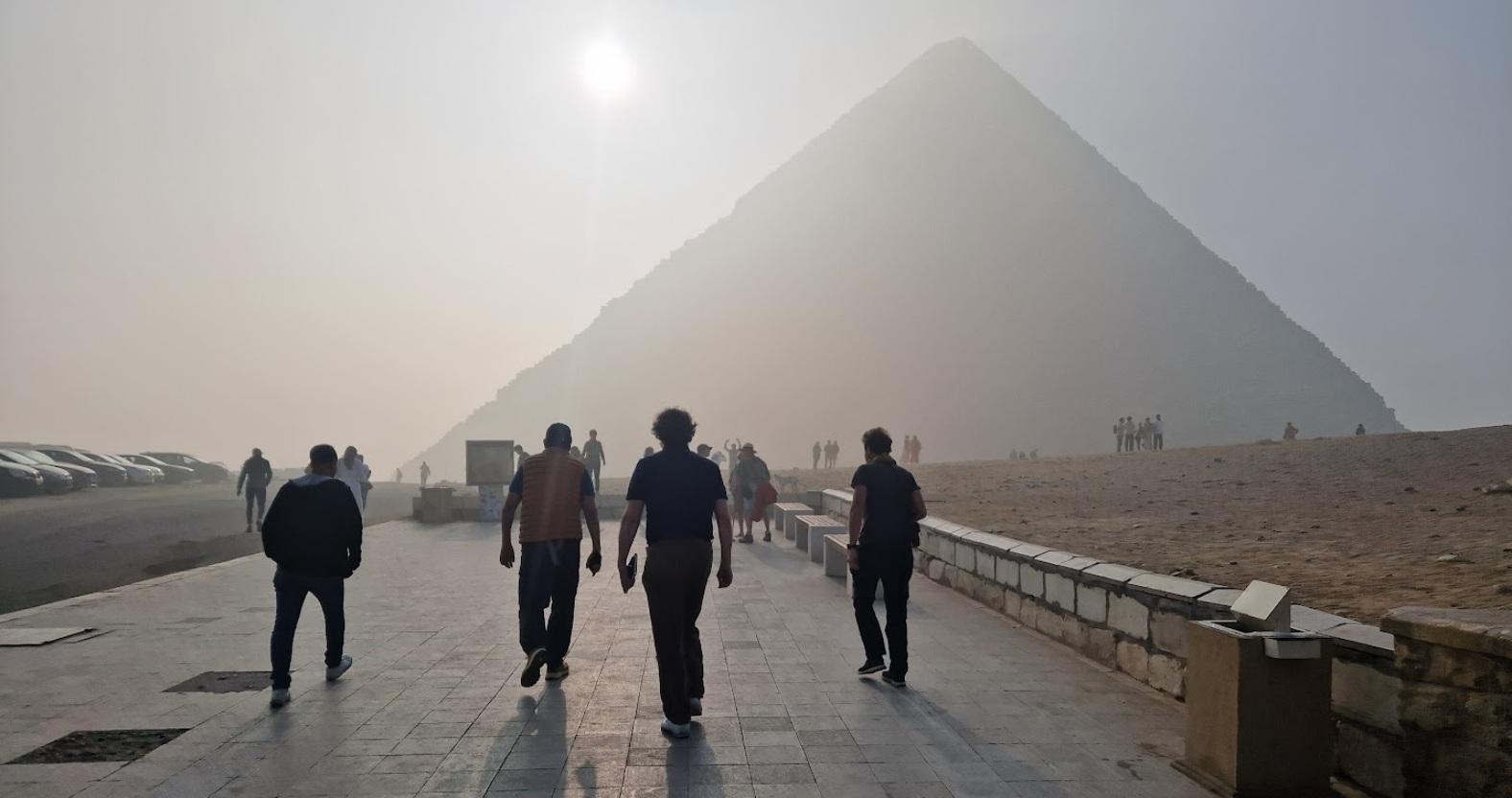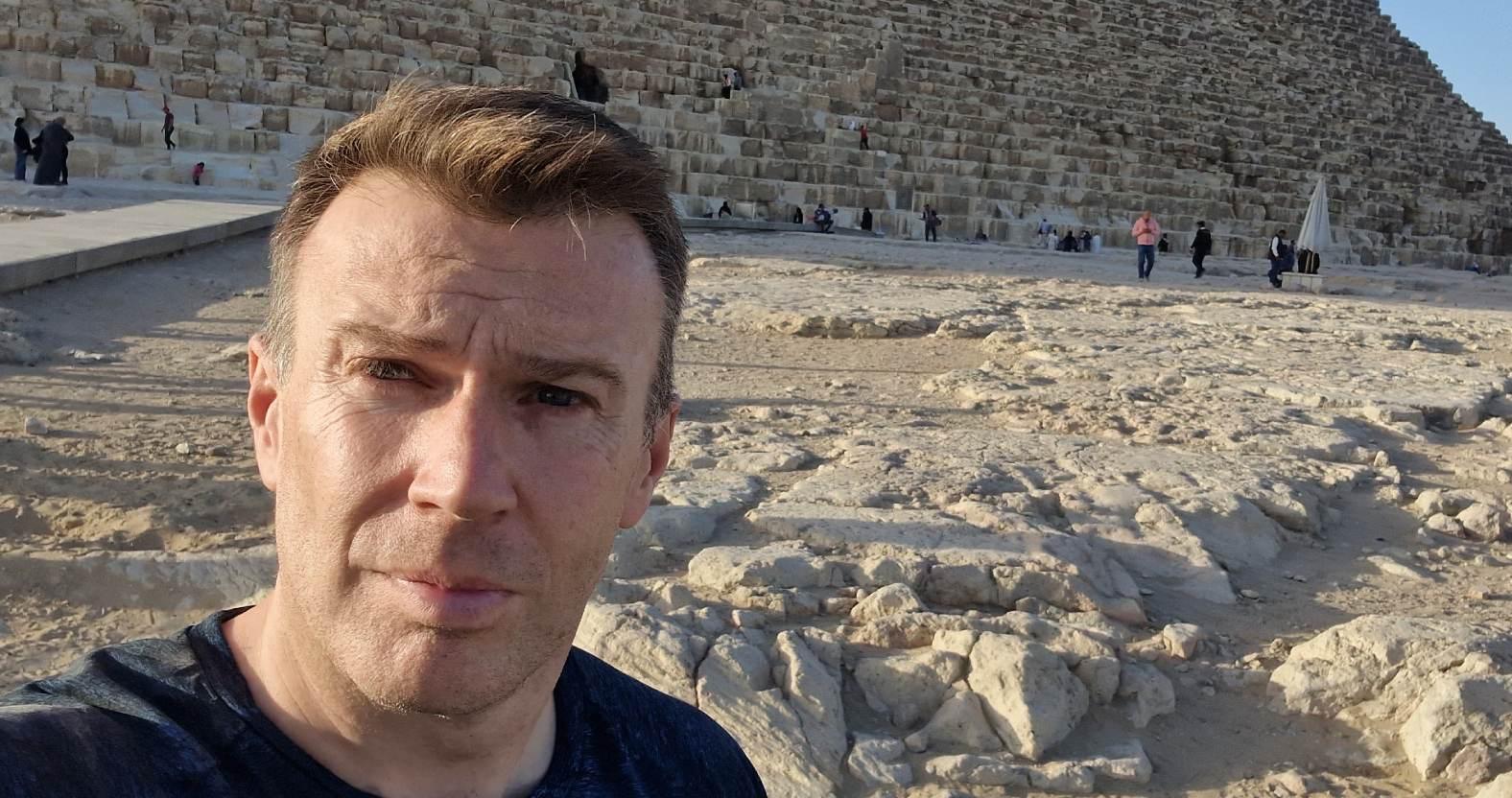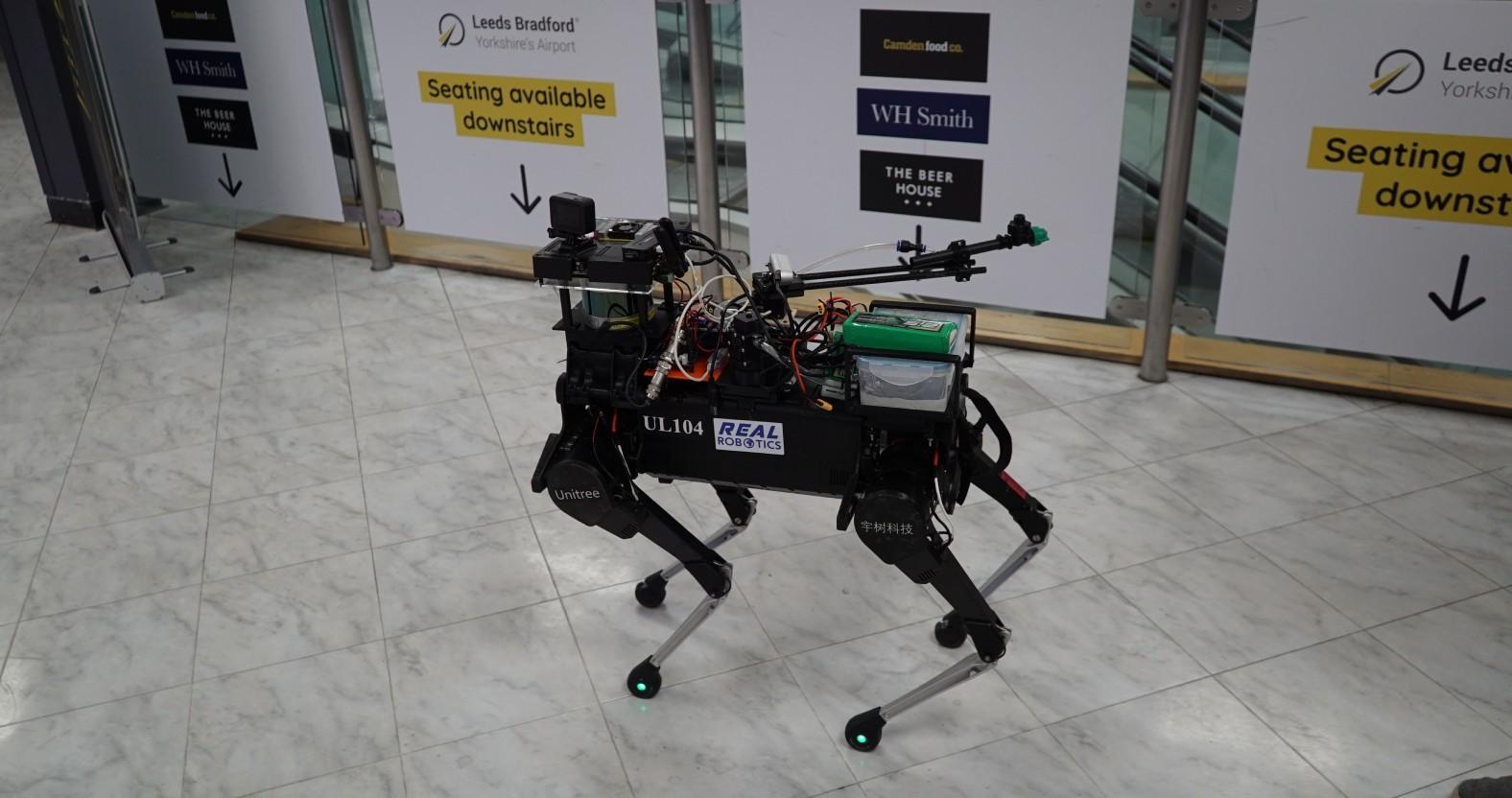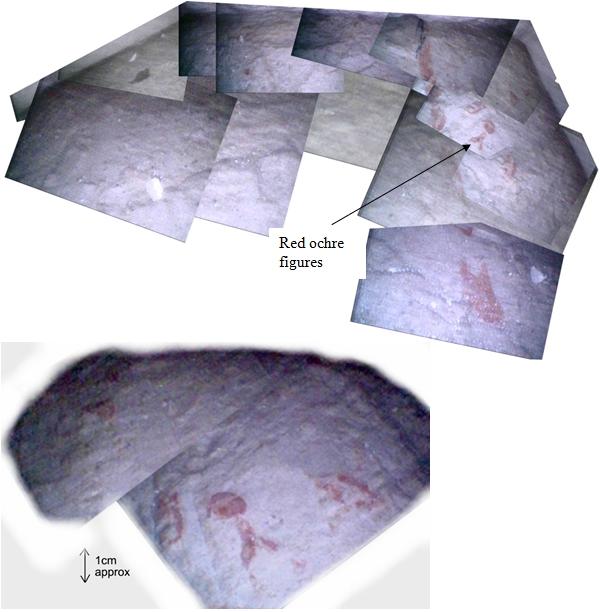Subscribe to trusted local news
In a time of both misinformation and too much information, quality journalism is more crucial than ever. By subscribing, you can help us get the story right.
- Subscription costs less than £1 a week with an annual plan.
Already a subscriber? Log in here.
20
Nov
'We saw things that hadn't been seen for thousands of years', says Knaresborough academic

This article is one of a series by contributor Paul Wade.
The atmosphere was tense in the heart of the Great Pyramid of Giza. Knaresborough resident Professor Rob Richardson and his team from the University of Leeds had already invested over 10,000 hours in the creation of a purpose-built exploratory robot and the moment of truth was approaching fast.
It had already traversed a long, narrow, angled passage deep within the pyramid, and manoeuvred a camera past a stone which was blocking the small passageway.
All the team needed to do was to switch the camera on to find out what lay behind. Whatever it was, it would be something that had not seen by the human eye for over 4,500 years.
This was one of Prof Richardson’s earliest and most dramatic projects. He told the Stray Ferret:
Robotics has moved on hugely since that time in Egypt. And whilst we are rightly proud of what we achieved on that mission, our focus is fixed firmly forwards.

Prof Rob Richardson at the base of the Great Pyramid.
Originally from Cambridgeshire, Prof Richardson showed a flair for technology from an early age. He said:
When I was a boy, I was always taking objects apart, making modifications, trying to improve things. No metal detector or hifi system was safe in our house!
He’s considered himself an adopted Yorkshireman for more than 25 years now, having gained a BEng and PhD from the University of Leeds and becoming professor of robotics there in 2015.
It’s a field of study he describes as “a mix of computer, electronic and mechanical engineering”, and it has expanded rapidly in recent years, as technological advances make it more versatile and capable.
He said:
Robots are beginning to make a massive difference. Only five years ago it was still mainly about possibility, but now what is being achieved represents a huge opportunity for both business and society. The progress in this area has been phenomenal.

The team employ all kinds of smart technology.
But, he said, there was a fundamental difference between robots and other kinds of high-tech gadgetry.
He said:
The difference between a robot and a clever machine is that a robot interacts with its environment. A washing machine is a smart piece of kit, but it’s not a robot because it’s not interacting with the things around it.
It’s relatively straightforward to create a robot that can play table tennis. Vision technology can capture the ball against its background.
The same applies to a robot that can take a bottle from a shelf in a fridge, but if you have other bottles around the one you wish to remove, then the solution becomes much more complex.
Robots look set to feature in our everyday lives in increasing numbers, as new applications become possible. As part of a study into how a city could maintain itself, Prof Richardson’s team trialed robots that could clean and disinfect Leeds Bradford Airport during the covid pandemic, and other settings are also under examination, such as drains, roads and power supplies.

One of the robots at Leeds Bradford Airport.
In the meantime, one of the most exciting applications has been the exploration of Egypt’s ancient relics.
Which takes us back to the project deep inside the pyramid. Just what was on the other side of that blocking stone?
Prof Richardson said:
When we switched on the camera, we saw painting inside that small chamber that had not been seen for thousands of years. It was a huge moment.

Images taken by the robot deep inside the pyramid clearly show figures painted in red ochre.
In fact, it was so important that New Scientist magazine named it one of the top 10 scientific discoveries of the year.
Which may explain why Prof Richardson and his team are back in Egypt right now, continuing their work in the cramped confines of a 4,600-year-old building. The reward, he said, was not just archaeological advancement, but also technological achievement. He said:
When the project does succeed, the satisfaction is enormous.
0